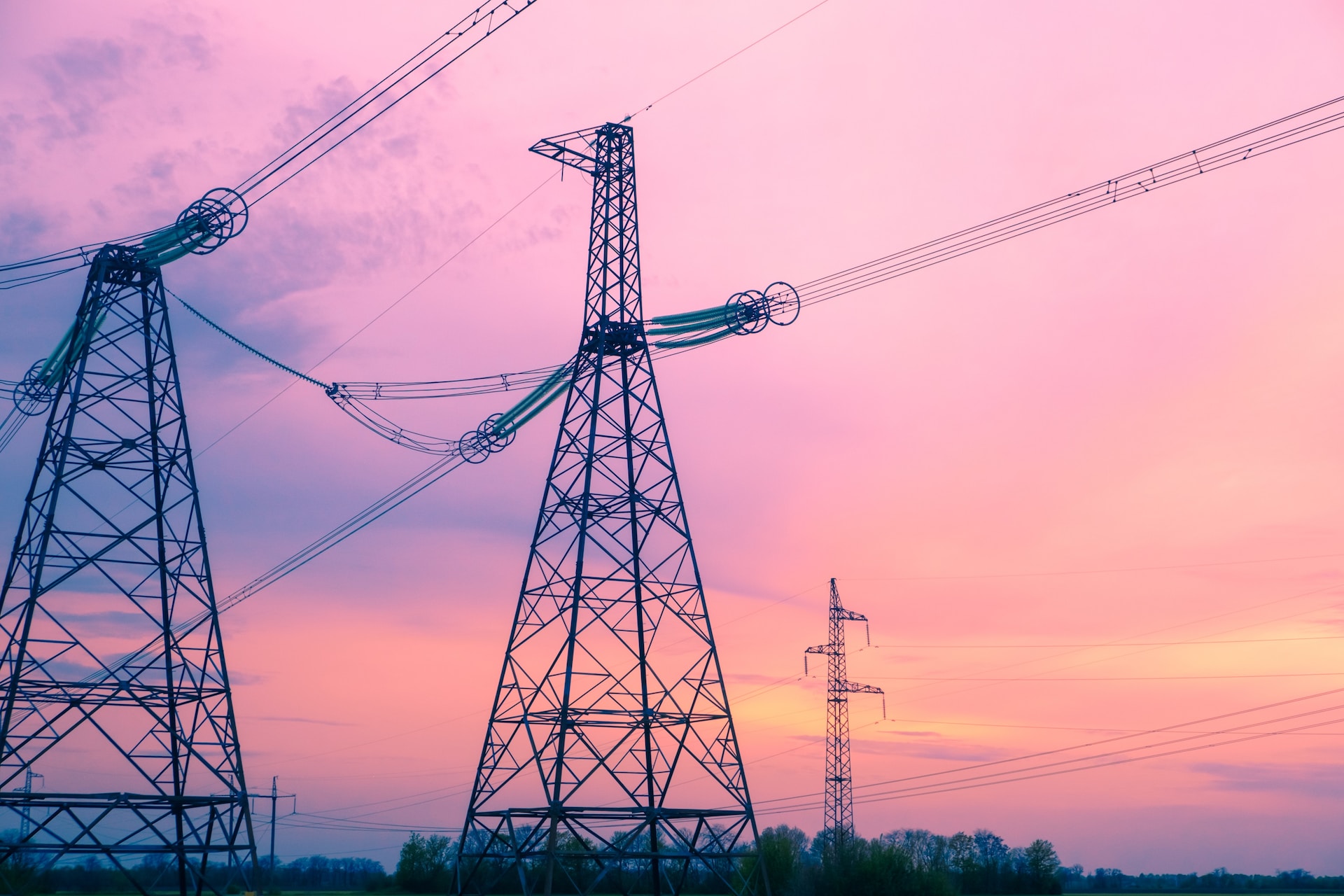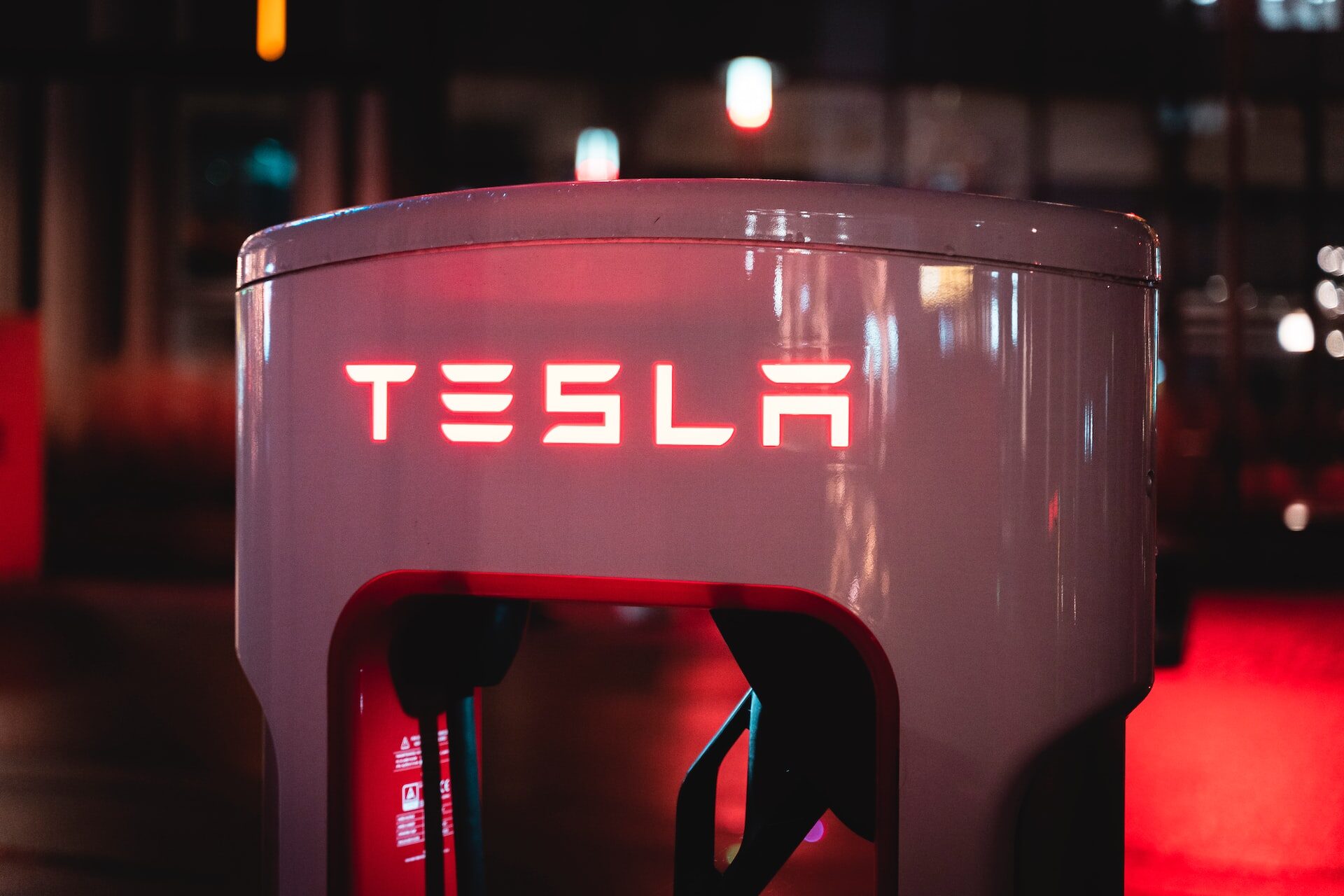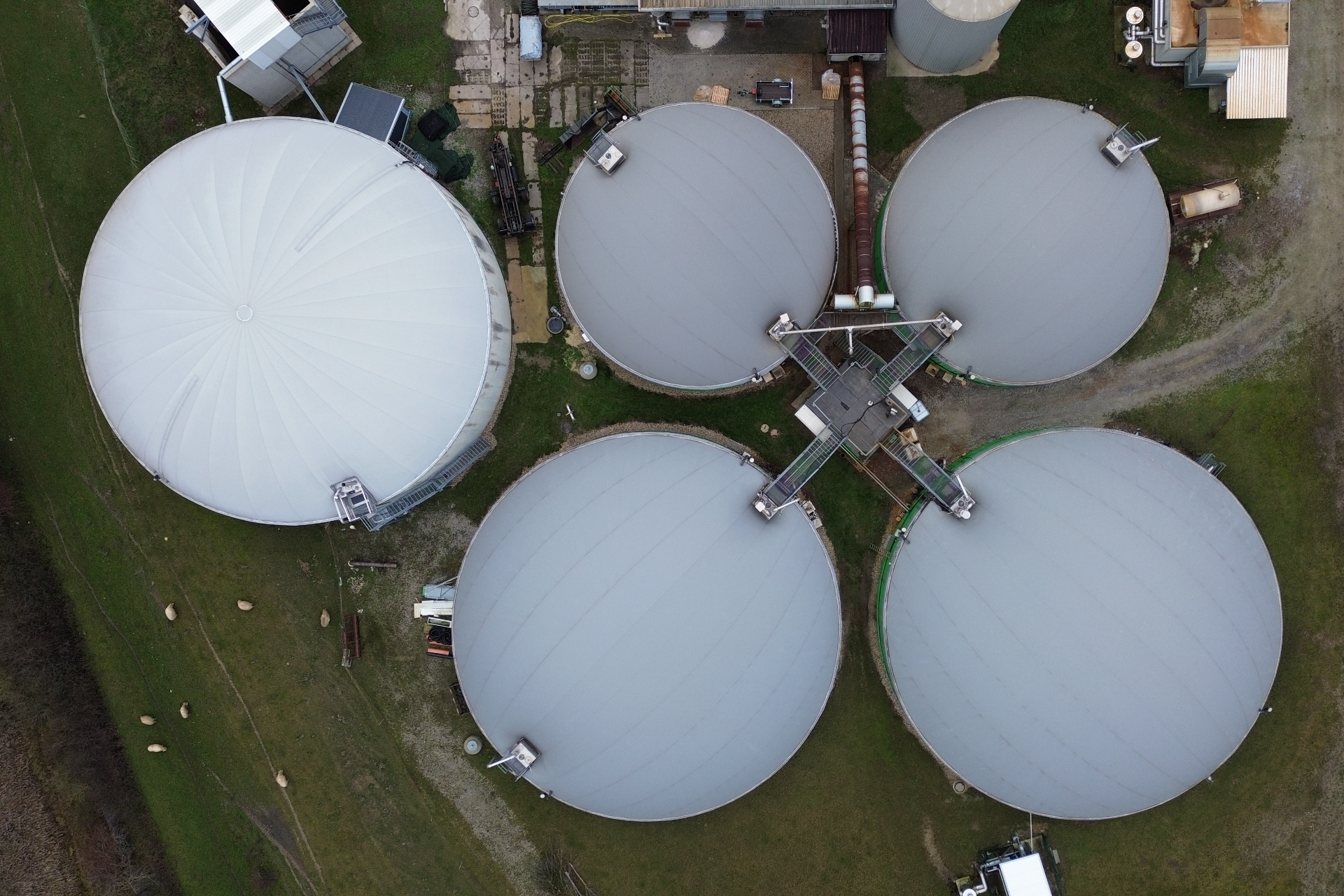
6 Types of Smart Grid Technology
November 25, 2023 - Emily Newton
Revolutionized is reader-supported. When you buy through links on our site, we may earn an affiliate commision. Learn more here.
Smart grid technology is changing energy infrastructure and transforming the electrical grid. Next-gen devices are modernizing utilities to ensure improved stability, reliability, accessibility and affordability. From IoT to renewables, what are the six main types of smart grid technology?
1. Smart Meters
Advanced meters are one of the main types of smart grid technology. Also known as “smart meters”, these devices simplify and automate the process of monitoring energy consumption. Smart meters autonomously record energy usage data and act as a bridge between consumers and energy providers.
There are a few benefits to smart meters. For example, they enable real-time energy usage monitoring for providers and consumers alike. This allows smart grid operators to be more responsive about power distribution. Additionally, the technology in smart meters makes them more accurate than analog meters, ensuring accurate billing and measurements. Grid operators can also use meter data to improve overall efficiency and create peak and off-peak pricing.
Likewise, smart meters have more sensors than their analog counterparts which opens up new doors in error detection. Connected meters can quickly identify and report any glitches or issues so repair personnel can respond right away.
2. Grid Monitoring Equipment
Grid monitoring equipment is a critical type of smart grid technology because it ensures energy providers have the visibility they need to keep the grid operational. Monitoring equipment includes many devices and technologies, such as IoT sensors and SCADA systems. In fact, smart meters are a type of grid monitoring device.
Traditional electrical grids use monitoring equipment, as well. So, how is it different in a smart grid? Usually smart grids integrate more advanced, connected monitoring devices that allow for data collection and real-time visibility. Connected monitoring equipment is vital for rapid, reliable maintenance and downtime detection.
3. Internet of Things Devices
IoT devices are an incredible advancement for smart grid technology. They allow for simple, autonomous data collection and monitoring at every level of the grid. In fact, countless basic consumer devices like smart meters and smart light bulbs use IoT tech.
The IoT is at the heart of next-gen power grids. It expands visibility, improves communication, increases energy efficiency and more. These devices bridge the gap between sensing and connectivity. They act as the nervous system that transmits data throughout the entire grid. Energy providers can easily view large amounts of real-time data from IoT devices in a centralized hub, allowing for highly efficient grid management.
4. Energy Storage
The success of any smart grid depends on energy storage, especially as the world transitions to renewables. Some types of clean energy, like wind and solar, are available intermittently. So, energy providers need some way to store all of their energy for later in order to maximize the value of renewable energy farms. Plus, energy storage ensures reliability and safety by giving individual homes and businesses backup power supplies to use in case of an outage.
Today batteries are the leading energy storage medium in the United States. They’re a great option for many use cases, particularly if they’re made using recycled or ethically sourced materials. There are other options, though. For example, smart grids can utilize fuel cell technology, as well. Some researchers are even exploring the possibilities of decentralized DC microgrids to support more agile grids in smart cities.
5. Cybersecurity Tech
Cybersecurity is critical for protecting smart grid technology. Connectivity comes with many amazing benefits, but it can also pose serious risks without the proper precautions. Utility companies are prime targets for hackers today. Bad actors know that the grid can’t go down for long, which may motivate utility companies to pay ransoms to get their data back. The 2021 Colonial Pipeline attack is a perfect example.
Smart grids need high-level security to prevent this kind of situation. Luckily, there are many advanced security tools and tactics available today. For example, IoT and AI can enable proactive threat monitoring to catch potential breaches rapidly. Endpoint security, network segmentation and ongoing security training are also vital parts of smart grid cybersecurity.
6. Clean Energy Supplies
Smart grid technology isn’t complete without renewables. The idea behind smart grids is to build modern, efficient energy distribution systems. Clean energy is a vital part of ensuring energy security, accessibility, affordability and sustainability. Diverse energy sources ensure that the smart grid isn’t over exerted and minimizes the risk of an outage.
Next-gen power grids will utilize an array of renewables that suit different regions. For instance, the midwest can generate large amounts of wind power, the south is ideal for solar and the coasts are perfect for offshore wind. Certain locations are also eligible for geothermal and hydropower stations. Robust energy storage and distribution systems allow smart grids to pull from all of these diverse sources and send clean energy where it’s needed.
Understanding Smart Grid Technology
Smart grids take existing energy infrastructure and modernize it for today’s challenges. Tech like IoT sensors and clean energy improve grid resilience and connectivity. With smart grids, energy providers can more easily monitor and control power distribution to ensure everyone has access to electricity. Smart grids rely on advanced security to prevent outages, but with the right protections they are safe, stable and efficient.
Revolutionized is reader-supported. When you buy through links on our site, we may earn an affiliate commision. Learn more here.
Author
Emily Newton
Emily Newton is a technology and industrial journalist and the Editor in Chief of Revolutionized. She manages the sites publishing schedule, SEO optimization and content strategy. Emily enjoys writing and researching articles about how technology is changing every industry. When she isn't working, Emily enjoys playing video games or curling up with a good book.




